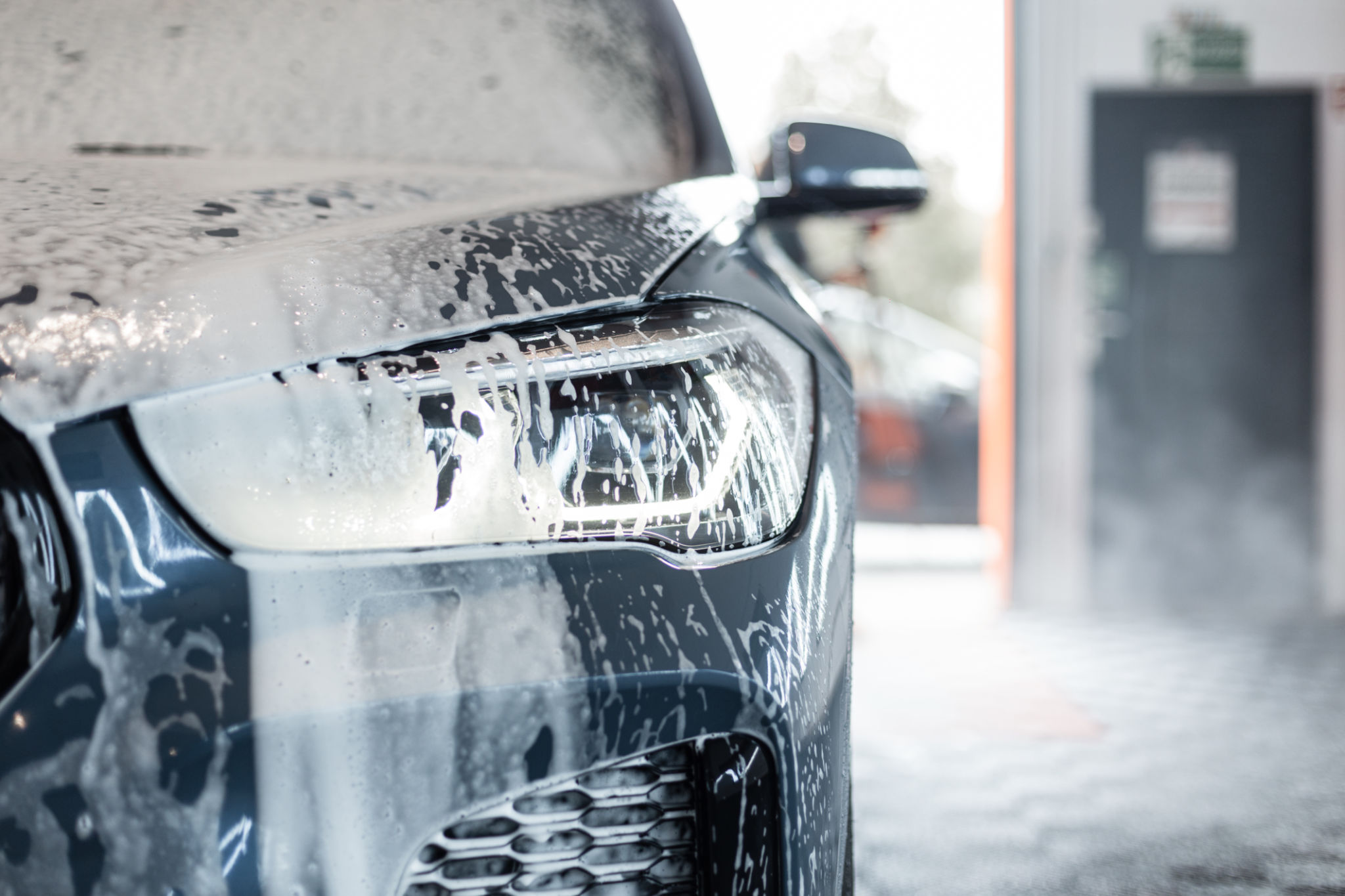How to Prepare Your Vehicle for a Winter Car Wrap
Understanding the Importance of Winter Car Wraps
Car wraps are a fantastic way to change the look of your vehicle while providing an extra layer of protection against the elements. In winter, they become even more crucial as they shield your car from harsh weather conditions, road salt, and debris. Proper preparation before applying a car wrap can ensure its longevity and effectiveness throughout the cold months.
Whether you are using wraps for advertising or simply for aesthetic purposes, the winter season presents unique challenges. Cold temperatures and moisture can affect both the application and durability of a car wrap, making preparation an essential step.

Thoroughly Clean Your Vehicle
The first step in preparing your vehicle for a winter car wrap is a thorough cleaning. Dirt, grime, and road salt can interfere with the adhesion of the wrap, leading to peeling or bubbling over time. It is advisable to wash your car with a mild detergent and rinse it well to remove any residues.
Focus on Problem Areas
Pay special attention to areas that are prone to dirt buildup, such as wheel wells and underbody sections. These areas often trap dirt and salt, which can undermine the wrap's adhesion if not properly cleaned.

Inspect and Repair Any Damage
Before applying a car wrap, closely inspect your vehicle for any damage. Scratches, dents, and rust spots should be repaired to ensure a smooth surface for the wrap application. A damaged surface can cause the wrap to adhere improperly, leading to wrinkles or air bubbles.
Repairing these issues not only helps in achieving a flawless finish but also prevents further damage when they are covered by the wrap during winter.

Ensure Proper Temperature Conditions
Temperature plays a critical role in the application of a car wrap. The ideal range is usually between 60°F and 77°F (15°C to 25°C). Applying wraps in colder temperatures can result in poor adhesion and flexibility issues. If possible, apply the wrap in a controlled indoor environment where temperature and humidity can be managed.
Use Heat Guns for Better Adhesion
If outdoor application is necessary, using heat guns can help warm up the surface of your vehicle and improve the adhesion of the wrap. This additional step can make a significant difference in ensuring the wrap stays secure during the winter months.
Allow Time for Curing
Once the wrap is applied, it's crucial to allow sufficient time for it to cure. The curing process ensures that the adhesive fully bonds with your vehicle's surface. During winter, this process may take longer due to lower temperatures.
Avoid washing your vehicle or exposing it to extreme conditions immediately after applying the wrap. Allowing at least 24-48 hours for proper curing is recommended.

Regular Maintenance and Care
After your car wrap is applied and cured, maintaining it becomes essential for ensuring its longevity. Regularly cleaning your wrapped vehicle with gentle, non-abrasive materials will prevent dirt buildup and potential damage.
Avoid Harsh Chemicals
When cleaning your wrapped vehicle, avoid using harsh chemicals or abrasive brushes that could damage the wrap. Instead, use products specifically designed for wrapped surfaces to maintain its appearance and integrity.
By following these preparation and maintenance steps, you can ensure that your vehicle's winter car wrap not only looks great but also provides effective protection throughout the season.
